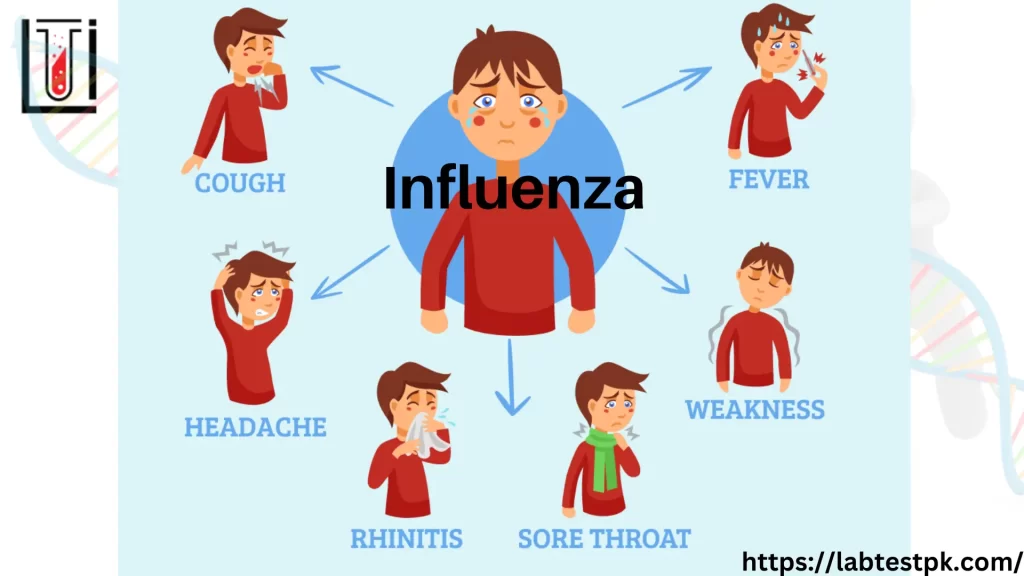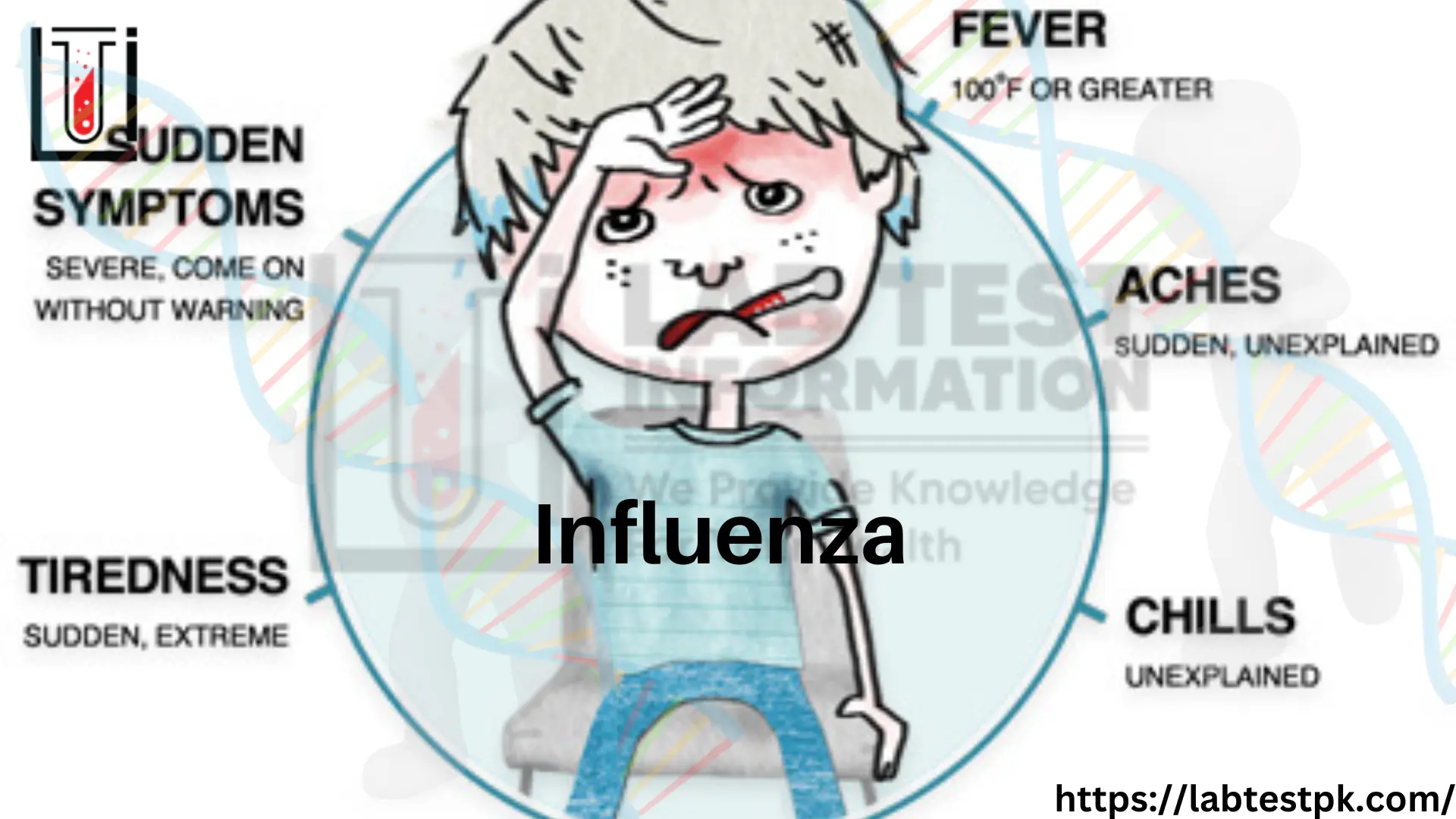Influenza Virus is an Acute viral disease. Influenza infection is usually self-limiting and rarely fatal. This can cause mild to severe symptoms in healthy individuals. Another name for Influenza is flu.
Flu is a contagious respiratory illness caused by influenza viruses that can be an infection in the throat, nose, and sometimes in the Lungs. Influenza can ever cause life-threatening Complications in some People.
Types of Influenza:
There are four types of Influenza. Influenza A, B, C and Influenza D. A and B are most common.
Influenza A:
Influenza A is widely found in humans and Pigs. The Primary source of influenza A is Aquatic Birds. It is responsible for causing the great influenza Epidemic (Seasonal flu).
Influenza B:
Influenza B is caused and responsible for localized Outbreaks on smaller levels (seasonal flu). It causes infection in humans.
Influenza C:
Influecauses causes infection in humans. It is responsible for causing mild respiratory infections in children.
Influenza D:
It is found in castles and Pigs. Influenza D is not known to cause illness in humans.
Sub Types of Influenza A:
- Subtypes of Influenza A have two Proteins on the surface of the virus.
- Hemagglutinin (H) and neuraminidase (N).
- Hemagglutinin has 18 different Subtypes from Hn to H18.
- Neuraminidase has 11 different Subtypes from N1 to N11.
- Common subtypes of Influenza are found in human A (HINI) and A (H3N2).
Subtypes of Influenza B:
- The common subtype of Influenza B found in humans is B (Yamagata and B Victoria).
Causes of Influenza:
The main cause of Influenza is caused by Influenza viruses. The influenza family of these viruses is called Orthomyxoviridae. That is RNA virus.
Transmission of Influenza virus:
It is transferred when an infected person sneezes coughs and talks.
The spreads spread from Person to Person through Air by airborne droplets.
Infected Persons spread influenza.
Symptoms Of Influenza:
- Sore Throat
- Sneezing
- Chills and fever
- Pain in eyes
- Shortness of breath
- Dry Cough
- Runny nose
- Weakness and fatigue
- Vomiting and Diarrhea in Children
How to Perform Influenza Test:
- Rapid Influenza Diagnostic Test
- Reverse PCR
- Nasal Swab required
Sample Collection for Influenza Detection:
- First of all, Nasopharyngeal swabs and nasal aspirate can be collected.
- If these Specimens cannot be coated collected Oropharyngeal swab is acceptable.
Prevention of Influenza:
- Hand washing with sanitizer and Antiseptic soap.
- Every person gets a vaccination every year.
- USE Mask in seasonal flu.

Treatment:
- Complete Bed Rest.
- Use plenty of fluid.
- Ibuprofen or accetaminophen for Pain my fever.
- Use of corticosteroid drugs.


[…] Bacteria contain Ribosomes. […]
[…] The initial, localized stage occurs a week to 10 days after an infectious tick bite. The illness sometimes begins with erythema migrans, an expanding, ring-shaped skin lesion with a red outer border and partial, central clearing. This is accompanied by flu-like symptoms ( malaise, fatigue, headache, fever, and chills ). However, often the tick bite is unnoticed, or the skin lesion is missed due to skin coloration in its obscure location, such as on the scalp. Thus treatment that is effective at this stage may not be started because the illness is assumed to be ” just the flu“. […]